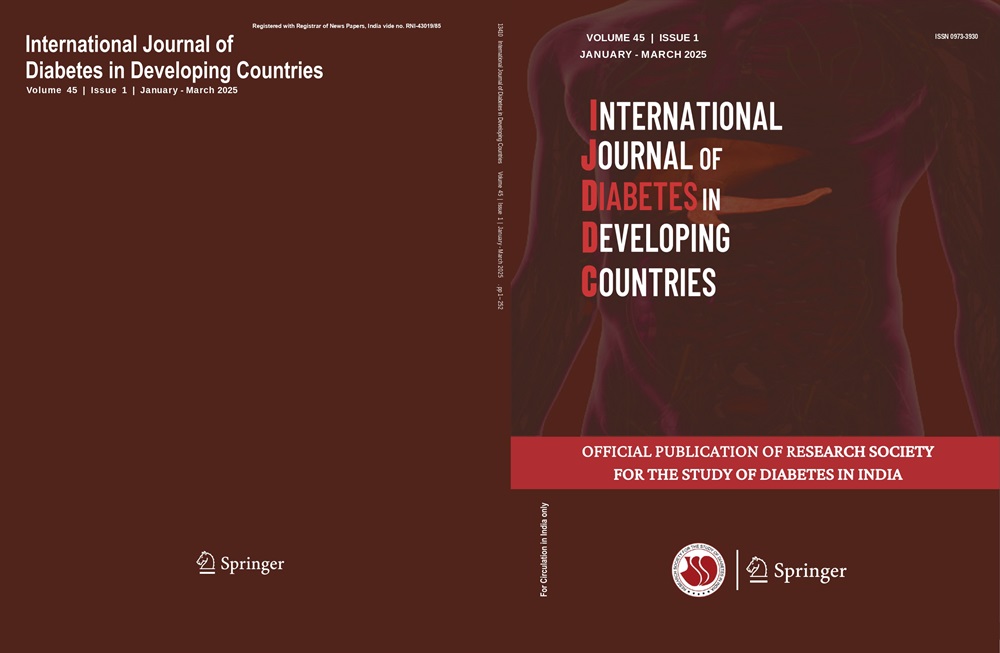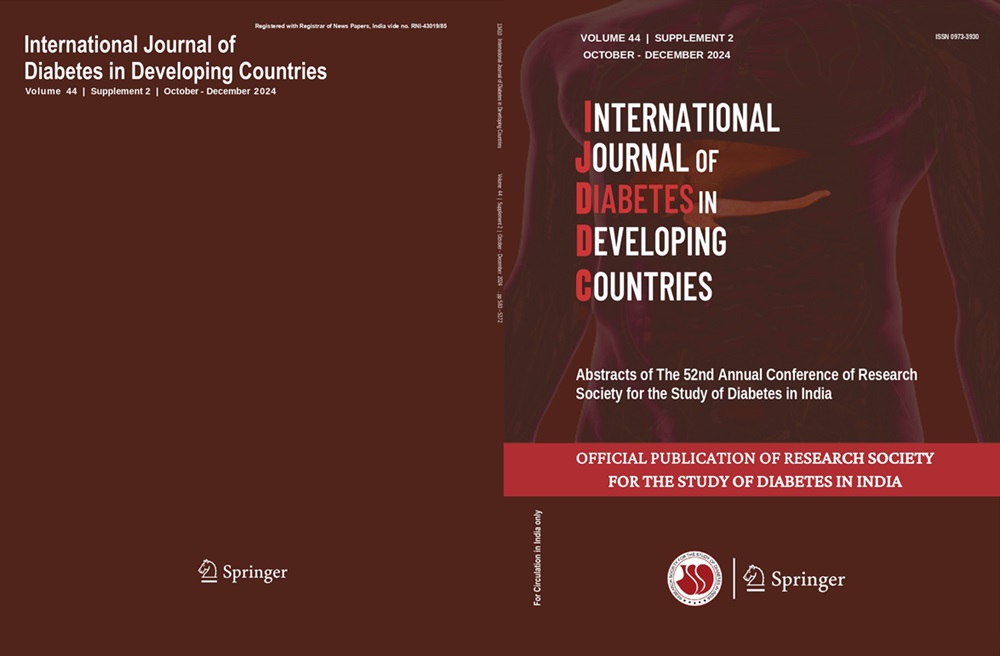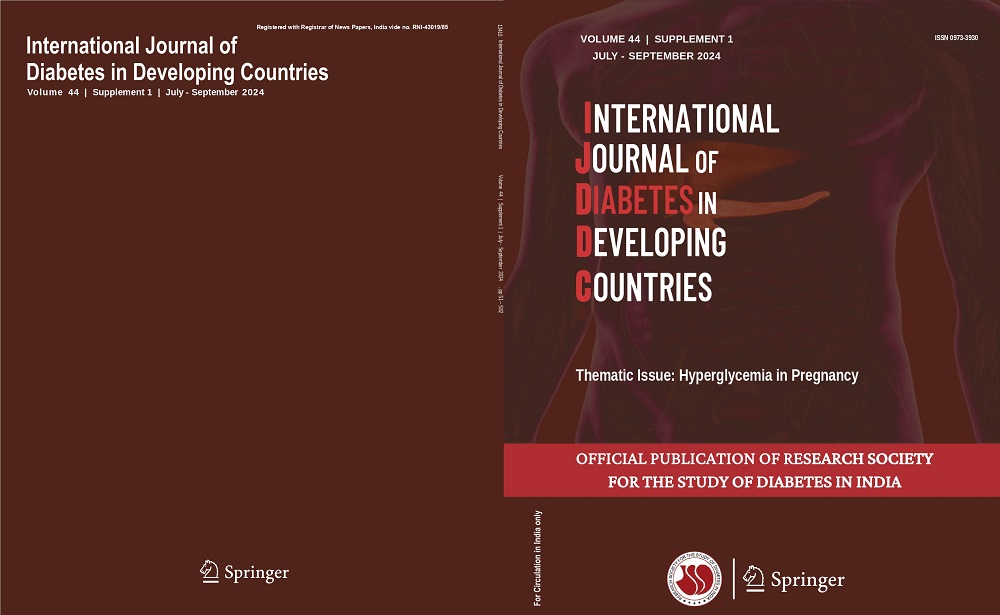Ayesha Kumarage, Athula Kaluarachchi, Sumedha Wijeratne, Preethi Udagama
Keywords
Sri Lanka • Gestational diabetes • Oxidative stress • Antioxidants • Diagnostic biomarkers • BMI
Background Oxidative stress is suggested as a potential contributary factor for feto-maternal complications in gestational diabetes mellitus (GDM) and the understanding of oxidative stress and antioxidant levels in GDM still remains obscure.
Objective This study aimed to investigate the serum levels of oxidants and antioxidants in women with GDM in a Sri Lankan context, and a potential diagnostic marker panel for GDM.
Methods This pilot case–control study included 30 untreated GDM patients, and 30 age-matched healthy pregnant women (controls) in their second or third trimesters. After collection of demographic and anthropometric data from all study participants, their serum levels of nitric oxide derivative (NOx) concentration, lipid peroxidation (LPO) level, total antioxidant capacity (TAC), and catalase enzyme (CAT) activity were measured. The CombiROC web tool assessed the diagnosis accuracy of potential biomarkers of GDM.
Results Significantly higher levels of serum NOx (p < 0.001), LPO levels (p < 0.01), and significantly lower TAC (p < 0.001) and CAT activity (p < 0.05) were observed in GDM-afflicted women compared to controls. LPO level:TAC and LPO level:CAT activity ratios were significantly increased in GDM patients (p < 0.001). CombiROC analysis identified five
potential diagnostic marker panels with the highest discriminatory power: (NOx-TAC-LPO), (BMI-NOx-TAC-LPO), (BMI-NOx-LPO-CAT), (NOx-TAC-LPO-CAT), and (BMI-NOx-TAC-LPO-CAT). Body mass index (BMI) was identified as an important noninvasive marker of GDM with the cut off of 22.4 kg/m 2.
Conclusion This pilot study demonstrated increased oxidative stress and weaker antioxidant defenses in Sri Lankan women with GDM. The identification of potential diagnostic markers, including BMI, may improve GDM diagnosis in the future.




